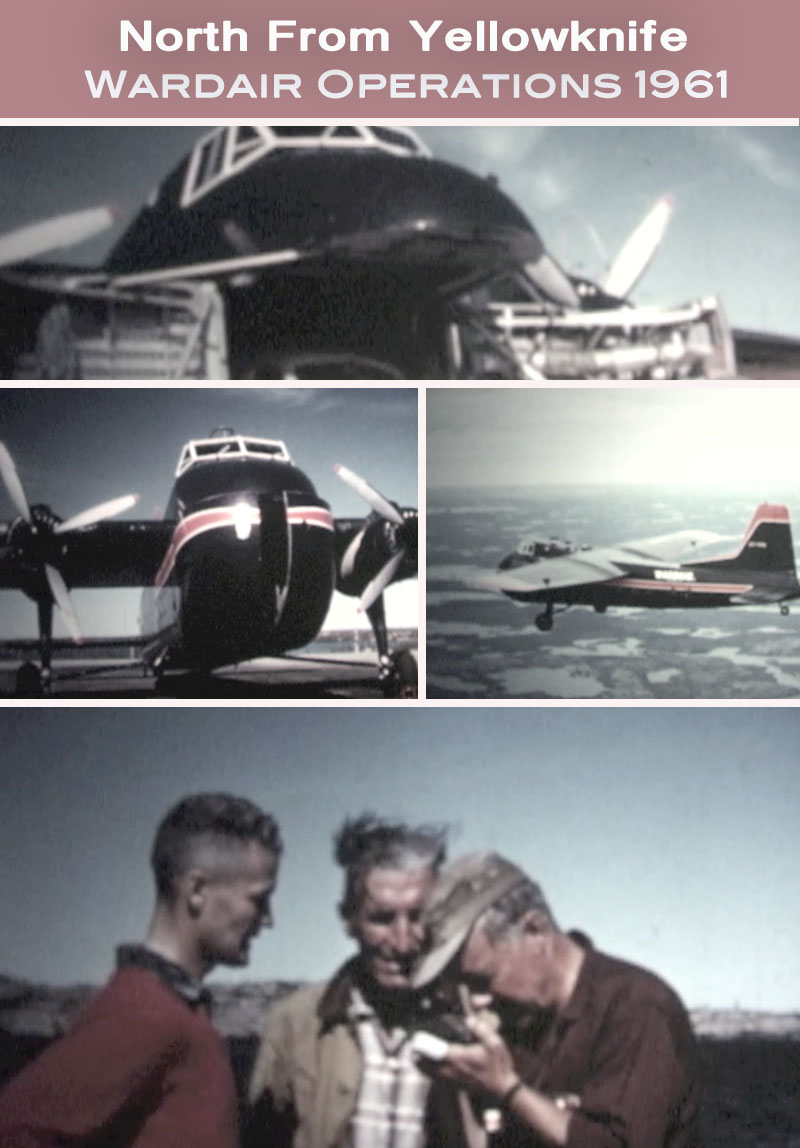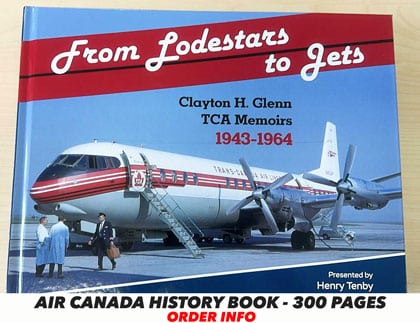 In 1961, Wardair Canada’s main base of operations was at Yellowknife, in the Northwest Territories, and their flight operations largely consisted of cargo hauling to points North from the Territorial Capital.
In 1961, Wardair Canada’s main base of operations was at Yellowknife, in the Northwest Territories, and their flight operations largely consisted of cargo hauling to points North from the Territorial Capital.
At the time the airline operated a fleet of Bristol Freighters and De Havilland Canada DHC-2 Beaver and DHC-3 Otter aircraft. The “bulk” of the company revenues came from ad-hoc cargo re-supply flights to remote mining and exploration camps, and sparsely inhabited First Nations communities situated within piston engine range of Yellowknife.
This film explores Wardair’s flight operations activities from Yellowknife circa 1961, and also provides a snap shot view of the modern amenities to be found in Yellowknife at that time. The air cargo market was quite small and it was not easy to forge an existence as even back then, there was plenty of competition. US pilot and entrepreneur Robert Parson Engle (Bob Engle) moved up to Yellowknife around 1960 and by 1962 had set up his own charter company with a Beech 18 called Northwest Territorial, and larger companies like Pacific Western Airlines and Canadian Pacific also operated large propliners serving the market, so for an operation like Wardair, it wasn’t an easy road to profits serving Canada’s North in the early 1960s.
For these reasons, Wardair founder Max Ward decided to widen his scope of operations to expand into other markets that would provide additional sources of revenue. And hence the idea was born to operate larger aircraft on passenger charters between Western Canada and Europe. By serving the needs of affinity travel groups, he was able to skirt the regulations that protected the prime yield scheduled routes between Canada and Europe for the major airlines, namely Trans Canada Air Lines and Canadian Pacific Air Lines.
But through perseverance and ingenuity Wardair was able to build a successful and well respected passenger charter business in the 1970s and 1980s using larger jets such as the 707, 747, DC-10 and Airbus A300 and A310. But the whole story really evolved from the Yellowknife charter operation of the 1950s and early 1960s, which makes this film so interesting from the aviation historian’s perspective.
Special thanks to Scott Henderson of Scoval Publishing for lending this film to us for digitization and presentation to the JetFlix TV community. Up until now, this film was along lost treasure as none of the former Wardair employees that we have spoken with were able to locate a copy of this film. ALthough the entire film streams here on the JetFlix TV platform, we are happy to provide this short teaser clip:






